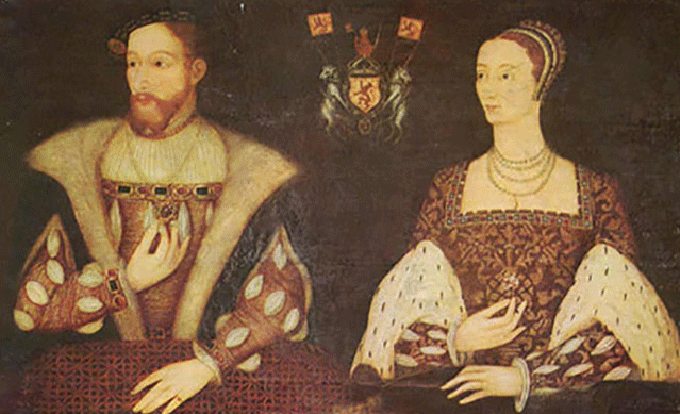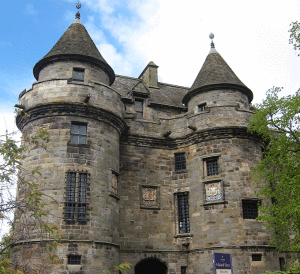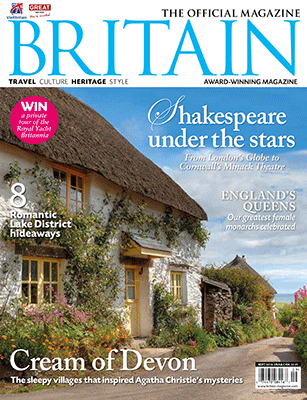Together with Tudor Times we bring you a profile on a different prominent figure from the Tudor era every month. This month, Melita Thomas explores the history of James V of Scotland, who became king at the age of one.

For more than half of James V’s 29-year reign, he was a minor. He inherited the throne, aged just 17 months when his father, James IV was killed at the Battle of Flodden, an off-shoot of Anglo-French wars. James’ childhood was overshadowed by the continuing rivalry of England and France, and their attempts to dominate Scotland by fair means or foul via the noble factions that supported one or the other.

Eventually escaping domination by the pro-English Douglas clan, aged just 16, James took up the responsibility of ruling himself. He quickly made up for lost time – imposing justice in the troubled Border region, where the reivers had been running amok with no redress; ensuring that the Lordship of the Isles, lately incorporated in the Scottish Crown, was under control; and reforming crown finances.
With all this, he still had time to hunt, write poetry and make music. He was an accomplished musician, who could sight-read easily, although his singing voice was ‘rawky’. He also had time for a string of mistresses, siring at least six illegitimate children by several mothers.
By 1536, James had reduced the realm to such good order that he was able to take a trip to France, where he hoped to find a bride. At different times he had been in negotiation for Mary, the daughter of his uncle, Henry VIII; the niece or sister of the Emperor, and even Catherine de Medici. His preferred choice, though, was a French princess.
After a nine-month trip during which he enjoyed Paris to the full, spent a huge amount of money and fell in love with chateaux of the Loire, he returned with his prize – the seventeen-year-old Madeleine of France. Unfortunately, Madeleine was consumptive and died within a few weeks of arrival. Saddened, but practical, James remarried the following year, to a daughter of the ducal House of Lorraine, Marie of Guise.

James set about spending the magnificent dowries he had received with both his wives on recreating the Renaissance court of France. He renovated Stirling Castle, Linlithgow and Falkland Palace, filling them with tapestries and the latest fashions. He too was grandly dressed, liking red in particular.
James resisted the Protestant Reformation, both for religious and political reasons, but made some attempts to reform the church from within. He also established the Court of Session to expedite civil cases, and took his own role as judge in criminal matters seriously.
Border warfare was endemic between Scotland and England, a situation that the marriage of James parents – James IV and Margaret Tudor – had not changed, and in 1542 broke out again. James’ army was heavily defeated at Solway Moss. James himself had not fought, but died within a week of an illness that was probably dysentery, although it has gone down in history as a broken heart. His last words were alleged to be ‘it cam’ wi’ a lass, and it’ll gang wi’ a lass’, reference to the Stewart inheritance through a daughter of Robert the Bruce, and his heir being a six-day old girl, Mary, now Queen of Scots.
See the Tudor Times article on James V.
Related articlesTudor of the month: Penelope ‘Lady Rich’ Devereaux |
Click here to subscribe! |
Download BRITAIN Magazine to your mobile today

 No mobile device? Purchase directly on Zinio for your desktop!
No mobile device? Purchase directly on Zinio for your desktop!





 © 2024
© 2024